Sweet Potato Salad Might Be the Optimal Space Food
A new study produced the ideal “space salad” for long-term astronauts, and it’s surprisingly delicious.
When it comes to space travel, we haven’t yet reached the point where astronauts spend years away from Earth, journeying among the stars or living on the surface of an alien world. If we ever want to get there, we’ll have to figure out how those future voyagers can produce their own food.
The first phase of a two-part study published in December 2023 by the American Chemical Society’s journal of Food Science and Technology used computer modeling to consider what sustainable, renewable nourishment might look like for long-term space explorers. Researchers assembled the winning set of ingredients as a “space salad” and served it to four testers to make sure it was palatable. Two went back for seconds, and one even claimed they would gladly eat it every day.
Volker Hessel, a professor of chemical engineering at the University of Adelaide, Australia, who worked on the study, describes the selection of 102 potential ingredients from a global range of options. “We were looking at the beginning strictly for crops, for vegan food,” Hessel explains. This was not because of a belief in the superiority of a vegan diet, but because existing studies on growing food in space have been limited to plants. While plants have already been successfully grown in space, “there is no research on space livestock,” says Hessel. “Nobody plans to bring a cow or a pig to the Moon or Mars.” However, a few processed animal ingredients, such as canned fish and chicken, were added to the study for their nutrient content.

The potential for recycling inedible parts of plants was an important consideration for Hessel’s study. Equally important was the amount of resources required, as the ideal space crop provides a high, nutritious yield from a relatively low input. Several kinds of grain made the list, including amaranth and quinoa, traditional staples so nutrient-dense that they are often hailed as “superfoods.” Kale also made the cut. Rounding out the list were seeds and nuts, various fruits and vegetables, tempeh, a single leafy herb (peppermint), and a few spices like cinnamon, cardamom, and cloves. As some essential nutrients like vitamin B-12 are rare in plant-based foods, astronauts subsisting on the 102 ingredients would still “need to supplement here and there,” says Hessel, “but the major part of the job is possible by those food crops.”
Once 102 ideal ingredients for a space diet were identified, researchers used computer software to generate combinations that met specified parameters. Officially termed “scenarios,” we might think of these as recipes, or rather, ingredient lists for recipes, since the computer was not tasked with producing cooking instructions. Constraints included how many ingredients to use; researchers settled on six to eight. “If you’ve ever had a salad with just tomato and lettuce, it’s boring,” says Hessel, while too many additions would overcomplicate things.
But the primary consideration was the ideal daily nutritional needs for an adult male in space. This meant generous portions, with three meals of 600 grams (1.3 pounds) each per day, in keeping with the unique dietary needs of spacefarers. “Astronauts burn more calories,” Hessel explains, partly because they have to exercise for two hours per day in space to prevent loss of bone and muscle mass. People in space also need less of some nutrients, like sodium, and more of others, like vitamin D and calcium, compared with people on Earth. Hessel notes that the nutritional needs for a years-long voyage would require continual monitoring, as there is much we do not know about the long-term effects of space on the human body; the longest anyone has spent in outer space to date is 437 days.

The study’s software produced 13 scenarios that met the provided constraints. One was eliminated outright because it contained an eye-watering 400 grams (14 ounces) of garlic. “The modeling software is just a computer; it never eats anything,” says Hessel. He points out that this could be avoided in the future by giving a maximum acceptable amount for each ingredient as an additional constraint. In the end, 10 scenarios were examined seriously, of which six included animal ingredients and four were vegan. It was determined that the most optimal combination of ingredients, balancing maximum nutrition with minimum farming resources, was one of the vegan options: a combination of sweet potato, kale, soybeans, poppy seeds, barley, peanuts, and sunflower seeds.
According to Cary Mitchell, a professor of horticulture and landscape architecture at Purdue University who has worked on space farming research for NASA, sweet potato has long been considered an especially good potential space crop. But Mitchell cautions that there are still many practical obstacles to reliably growing crops in space. While the study’s “space salad” makes a good hypothetical scenario, space farming is “more research than it is meals and nutrition at this point,” Mitchell says. “And the progress has been fairly slow.” He describes the Vegetable Production System (“Veggie” for short) aboard the International Space Station, where vegetables like lettuce, mizuna, and radishes, as well as some flowering plants such as zinnias, are grown in microgravity under the magenta glow of LEDs. “It’s still pretty small-scale,” Mitchell says of Veggie. “Most crops are not growing beyond the seedling stage.”

While there’s still a long way to go when it comes to practical space farming, Mitchell has witnessed firsthand how new technological advancements have changed the field. “Before the age of the LED, we were having to use very high-powered lamps in growth chambers,” he says, resulting in prohibitively high energy costs. The development of LED lamps, which use much less energy than older incandescent lighting and can be dimmed and adjusted to the specific needs of plants, was a game changer.
Hessel is quick to point out that his study does not provide the final answer for what long-term space food will look like. However, that wasn’t the goal. For Hessel, the study is the prelude to a multinational research effort that will be conducted over the next seven years. In the next stage, researchers may find that feasible space farming requires not only new technology, but new, ultra-efficient crop varieties. “We probably need new plants,” says Hessel, “with much higher nutrition, by a factor of ten or even more. And then we also need [them] to grow by a factor of ten.”
Mitchell agrees that the key to future space farming is specialized crops “adapted to every destination.” Plants designed for the Moon might not flourish on Mars, which has twice the Moon’s gravity (though still only one-third of Earth’s). Hessel adds that super-crops engineered for space will likely taste and look different from current options, further complicating the challenge of providing astronauts with satisfying meals.

And while Hessel’s study focused on optimizing a meal that people could survive on indefinitely, some culinary variety will be necessary in practice (no matter what that one taster said). Hessel wants people to imagine the reality of cooking and eating in a space colony that grows only 10 types of plants. “We’ve sourced ten crops,” he says, “And you have to make three hundred sixty-five days of different and interesting dishes.”
Ensuring a varied diet in a self-sufficient space station might be a concern for the distant future, but it’s something researchers must keep in mind when considering how to sustain human life outside Earth. “It’s not only about nutrition,” Hessel says. “It’s about feeling well in space.”
Space Salad
Ingredients
- 63 grams (2.23 ounces) cooked soybeans
- 642 grams (22.6 ounces) cooked sweet potato
- 223 grams (7.9 ounces) cooked barley
- 79 grams (2.8 ounces) raw kale
- 25 grams (0.88 ounces) shelled, roasted peanuts
- 155 grams (5.5 ounces) poppyseeds
- 18 grams (0.6 ounces) shelled, roasted sunflower seeds
- Salad dressing of choice (optional)
Instructions
-
Make sure the soybeans, barley, and sweet potato are thoroughly cooked and cooled to room temperature.
-
Tear or chop the kale into bite-sized pieces.
-
Chop the sweet potato into one-inch cubes.
-
Combine all the ingredients in a large bowl. (Optional: Add salad dressing to taste.)
-
Toss the salad well to combine the ingredients.
- Serve in a space station or colony, if possible.
Gastro Obscura covers the world’s most wondrous food and drink.
Sign up for our email, delivered twice a week.




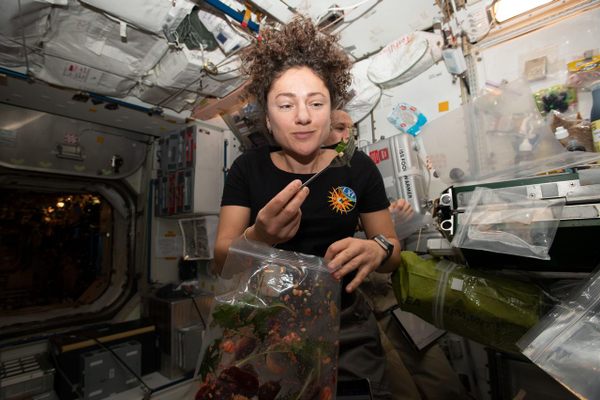





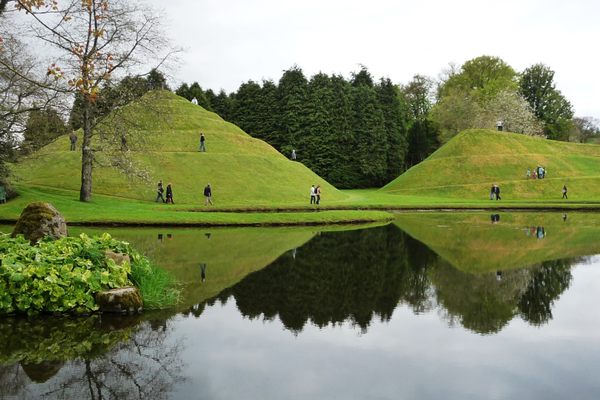
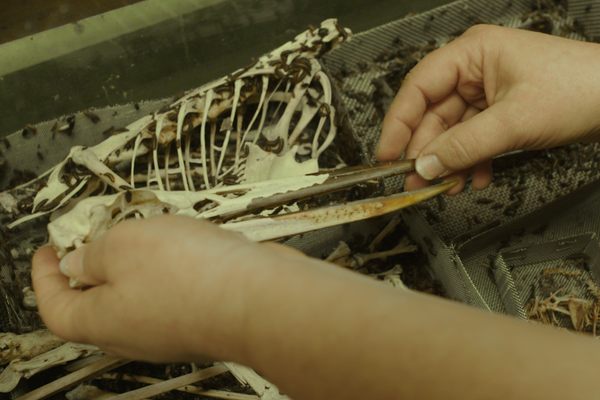

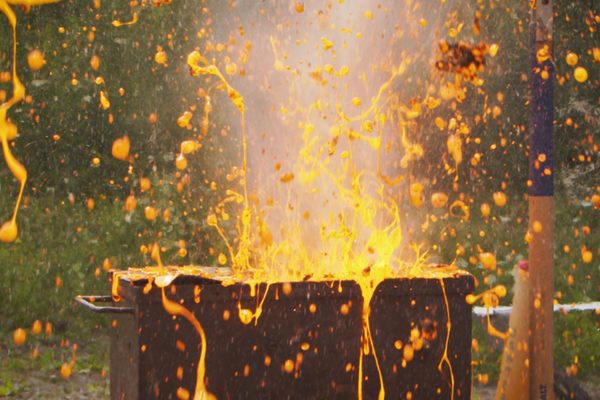

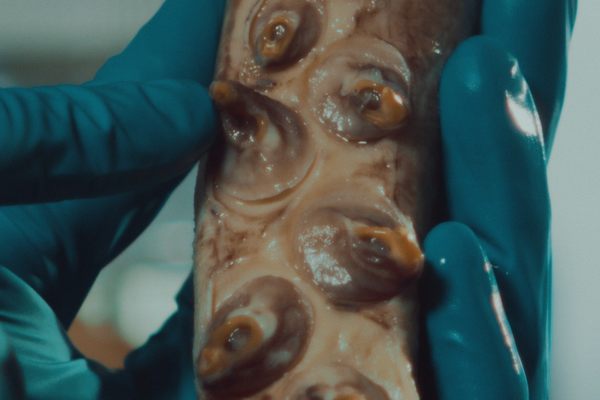


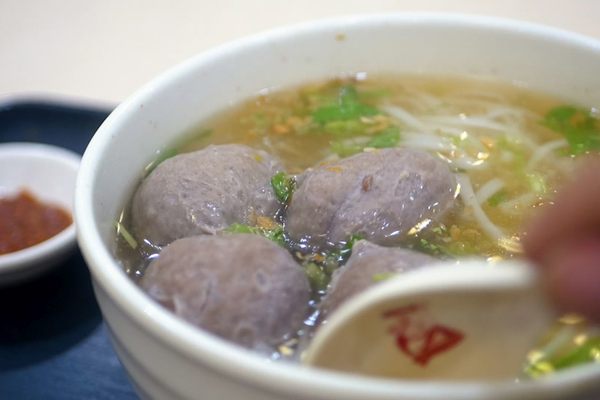
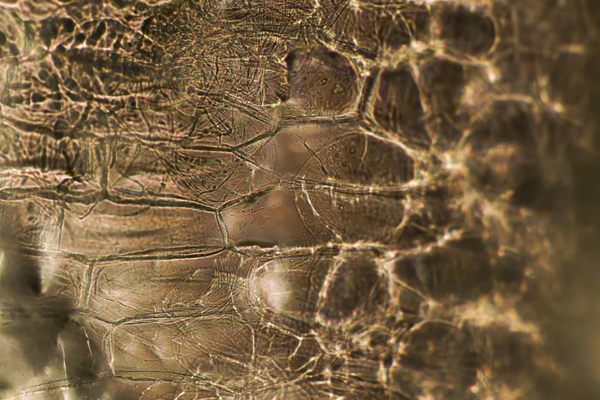
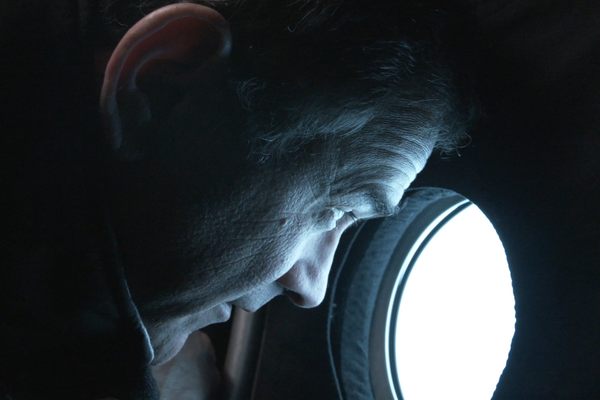
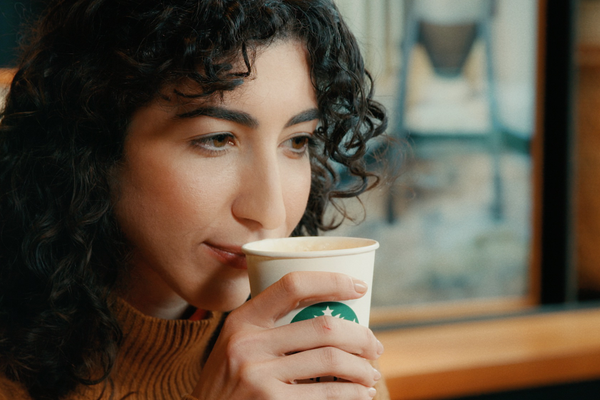

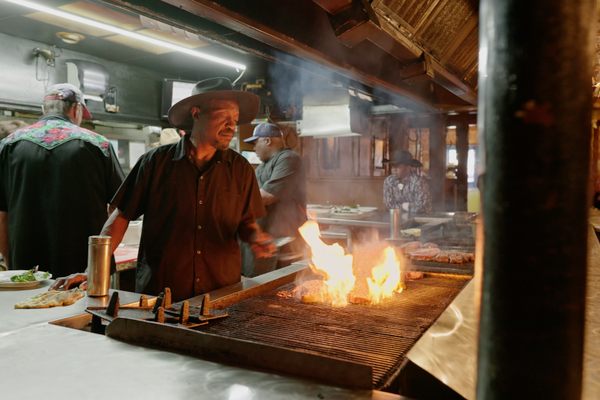
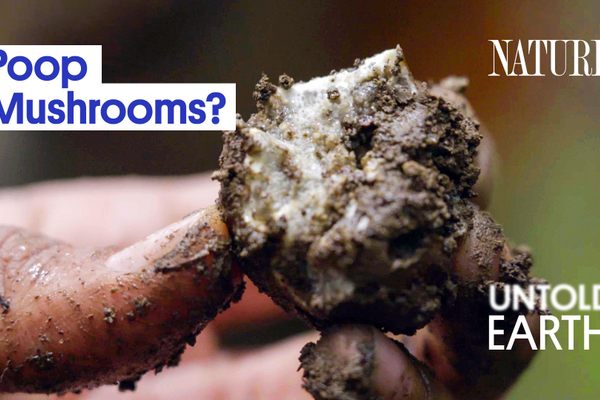







Follow us on Twitter to get the latest on the world's hidden wonders.
Like us on Facebook to get the latest on the world's hidden wonders.
Follow us on Twitter Like us on Facebook